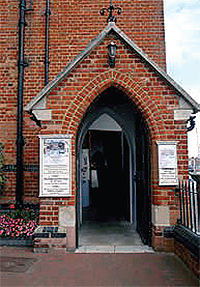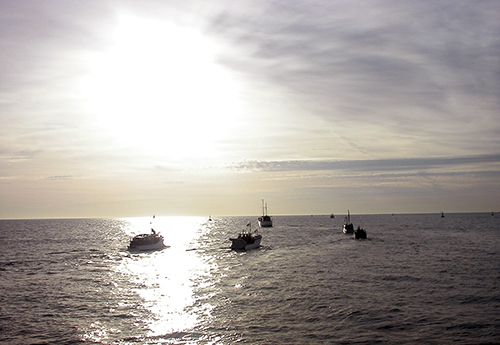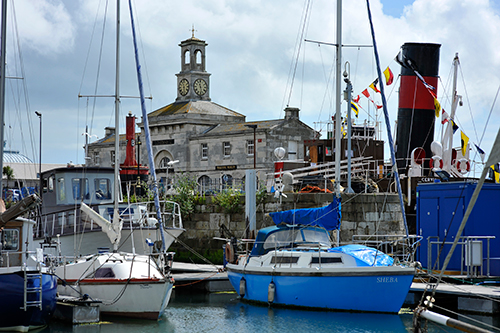Historic Ramsgate
Ramsgate played an important role throughout recent history. It was one of the main embarkation harbours during the Napoleonic wars, resulting in many of Ramsgate’s streets being named to commemorate the association with this period in its history, including the harbour’s main thoroughfare, Military Road. The promenades and crescents that overlook the harbour are reminiscent of this rich period in Ramsgate’s history too and their fine architecture provide a stunning backdrop to the marina.
Smack Boys
The Sailors’ Church and Harbour Mission, close by the foot of Jacob’s Ladder was built in 1878 by Canon Eustace Brenan, vicar of the nearby Christ Church. He saw the need for spiritual guidance and physical help for the men and boys who made up the crews of the sailing smacks who fished out of Ramsgate in the nineteenth century. It was dangerous, arduous work, especially for the young apprentices who were called Smack Boys. When the apprentices were ashore, they were provided with some comfort in the rooms above the church and later, in the Smack Boys Home next door.
The use of the home slowly changed to receiving sailors that had been rescued, mostly from wrecks on the Goodwin Sands. Later some 3,300 survivors of the First World War are known to have been fed, clothed, sheltered and medically treated there. Today the church offers the visitor a quiet place for rest, reflection and prayer.
Visitors can enjoy the small collection of model ships and paintings and during the summer months refreshments are provided by church members. Services are held every Sunday afternoon between June and September, Sea Sunday in July as well as a special service at Christmas are celebrated. Seafarers are especially welcome to join the Ramsgate community.
Operation Dynamo
In WWII during May and June 1940 Operation Dynamo was launched and an odd assortment of yachts, motor cruisers, fishing boats and other small craft assembled in Ramsgate, before crossing to Dunkirk to ferry men from the seaches to waiting ships. These “Little Ships”, like the men waiting on the beaches, were under constant attack from German aircraft and guns, and of 765 vessels involved in the operation, almost a third were lost. Despite heavy losses the valiant “Little Ships” assisted in the rescue of 309,739 troops, around 40,000 of whom were landed at Ramsgate.
Today, one of the boats used in the evacuation is kept in the marina and the harbour was proud to host the 50th, 60th, 65th and 70th anniversary celebrations.
Clock House
Built by some of the most eminent civil engineers and architects of the early nineteenth century, the Clock House, on the harbour quayside is an exhibit in itself. It is also site of the unique Ramsgate Meridian, from which the town’s own particular Mean Time, 5 minutes 41 seconds ahead of Greenwich, was calculated. Maritime Museum Housed in the iconic Clock House, the Maritime Museum was reopened in 2012 following several years of closure. Now operated by the Steam Museum Trust, it features newly refreshed galleries with changing exhibitions, and provides a live studio for local artists. The new trust is self-financing, receiving no government funds but strongly supported by volunteers and help in kind from Thanet District Council.
The museum’s historic vessels, include the famous Dunkirk Little Ship “Sundowner” and Steam Tug “Cervia”, which is undergoing an impressive restoration, gradually returning this handsome tug to her former glory. Visitors can marvel at her massive triple expansion engine, which can be seen running under steam during special events. For opening hours, visit www.ramsgatemaritimemuseum.org


